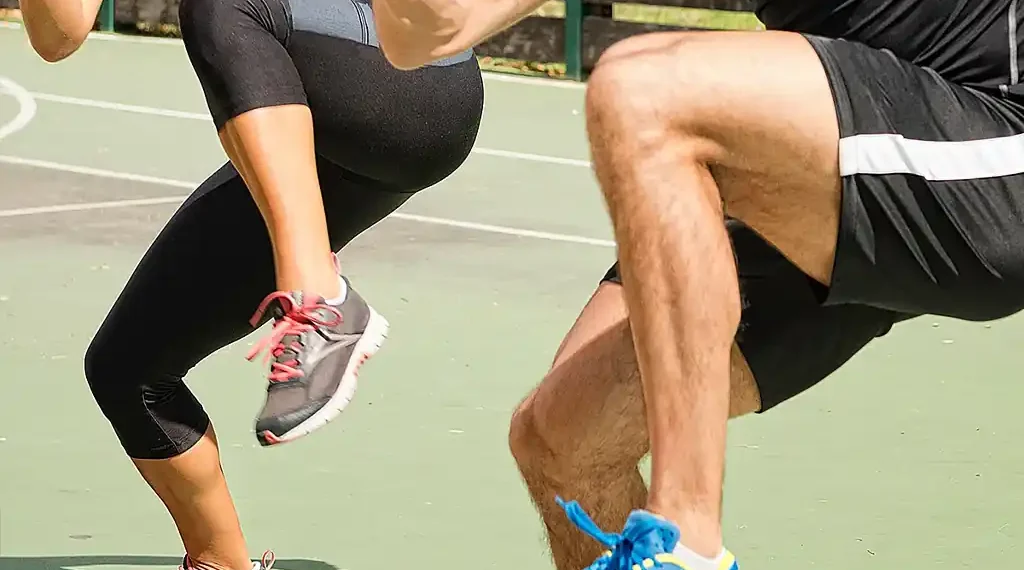How to Future-Proof Your Knees With Simple At-Home Exercises for Lifelong Mobility
Published: September-28-2025, 15:00 EDT
Knee health is often overlooked until pain or stiffness sets in, yet these vital joints play a central role in mobility and quality of life. Orthopedic specialists say that building strength and flexibility early can significantly reduce the risk of osteoarthritis, injuries, and even falls as we age. By investing in preventive care now, people of all ages can safeguard their knees for decades to come.
Why Our Knees Need Extra Care
Knees are among the body’s most complex joints, supporting the full weight of our bodies with every step. According to Dr. Anikar Chhabra, orthopedic surgeon and chair of sports medicine at Mayo Clinic in Phoenix, the knee’s unique design makes it especially vulnerable to strain and injury.
Even routine activities such as walking can place forces equivalent to one and a half times body weight on the knee. Over time, this stress—combined with factors such as genetics, weight gain, or high-impact sports—can accelerate joint wear and lead to chronic pain. After back problems, knee pain is the second most common musculoskeletal complaint among older adults, affecting independence and quality of life.
The Role of Muscles in Knee Protection
Healthy knees depend not only on bones and cartilage but also on strong supporting muscles. The hamstrings, quadriceps, gluteal muscles, and calves stabilize the joint and absorb shock. When these muscles are weak or out of balance, the joint takes on more stress, increasing the risk of pain and degeneration.
“Strengthening these groups can protect cartilage and delay or even prevent osteoarthritis,” Dr. Chhabra explained. Research suggests that muscle training may reduce pain in those already experiencing early arthritis and, in some cases, delay the need for joint replacement surgery.
Exercise as Natural Lubrication
Dr. Alexis Colvin, professor of orthopedic surgery at the Icahn School of Medicine at Mount Sinai in New York, notes that exercise helps stimulate production of synovial fluid, often described as the “motor oil” of the knee. This fluid lubricates cartilage surfaces, reduces stiffness, and lowers inflammation.
In addition, weight-bearing and strengthening exercises can enhance bone density, lowering the risk of osteoporosis around the knee joint. For older adults, improved muscle strength also reduces the likelihood of falls, a major cause of disability worldwide.
The Balance and Awareness Benefit
Knee-focused exercise provides another benefit often overlooked: enhanced proprioception, or the body’s ability to sense position and movement. Improving this “sixth sense” helps maintain balance and coordination, both critical for fall prevention.
“Knee exercises get your mind to connect with your knee, which reduces the risk of falls,” Dr. Chhabra said. Studies even show that adolescents engaged in regular knee-strengthening activities experience fewer sports-related injuries, highlighting the value of starting early.
When to Start Strengthening
While benefits can be gained at any age, experts recommend beginning targeted knee exercises in early adulthood. Dr. Colvin advises starting by one’s thirties, when muscle mass and bone density begin to decline naturally. For young athletes, these routines can prevent injuries, while for adults in midlife, they help counteract gradual joint changes.
“It’s never too early to start, but by your thirties you should definitely make knee health part of your fitness routine,” Colvin said.
Five Essential At-Home Knee Exercises
Orthopedic specialists recommend just 15 minutes a day, three to four times per week, to build strength and protect knee health. Always consult a physiotherapist or coach initially to ensure correct form.
Step-Ups
Using a stair or low step, push up with one leg until both feet are on the step, then step down. Alternate legs each time. This exercise strengthens quadriceps and hamstrings while remaining low-impact.
Squats
Body-weight squats work both quadriceps and gluteal muscles, improving stability and reducing knee stress. Dr. Chhabra recommends short sets throughout the day, particularly for people with sedentary jobs. However, he advises caution with deep squats, which may stress the joint if performed incorrectly.
Straight Leg Raises
Lie on your back with one leg bent and the other straight. Raise the straight leg a few inches, hold briefly, then lower slowly. Research shows this strengthens quadriceps and improves joint stability, particularly when used as part of warm-ups.
Calf Raises
Standing with feet shoulder-width apart, lift onto your toes, hold, and lower slowly. This strengthens the gastrocnemius and soleus muscles, which support balance and reduce strain on the knee joint.
Chair Stands
Repeatedly standing up from a seated position without using your arms builds strength in both core and lower-body muscles. Dr. Colvin emphasizes the role of the core in stabilizing the knees, despite often being overlooked.
Tailoring and Progressing Exercises
Beginners are advised to start with two sets of 10 repetitions per exercise, gradually increasing as strength builds. For advanced training, weights or resistance vests can be added, though body weight alone is generally sufficient for older adults.
Monitoring discomfort is important: while mild muscle soreness is normal, worsening joint pain may indicate an underlying issue requiring medical evaluation.
Building a Lifetime Investment
Experts agree that investing in knee health pays long-term dividends. Strong, stable knees reduce the risk of falls, delay joint degeneration, and allow people to remain active and independent for longer.
As cultural references like Baz Luhrmann’s Everybody’s Free (To Wear Sunscreen) remind us, “Be kind to your knees. You’ll miss them when they’re gone.” Science now strongly supports that advice.
This article was rewritten by JournosNews.com based on verified reporting from trusted sources. The content has been independently reviewed, fact-checked, and edited for accuracy, neutrality, tone, and global readability in accordance with Google News and AdSense standards.
All opinions, quotes, or statements from contributors, experts, or sourced organizations do not necessarily reflect the views of JournosNews.com. JournosNews.com maintains full editorial independence from any external funders, sponsors, or organizations.
Stay informed with JournosNews.com — your trusted source for verified global reporting and in-depth analysis. Follow us on Google News, BlueSky, and X for real-time updates.












